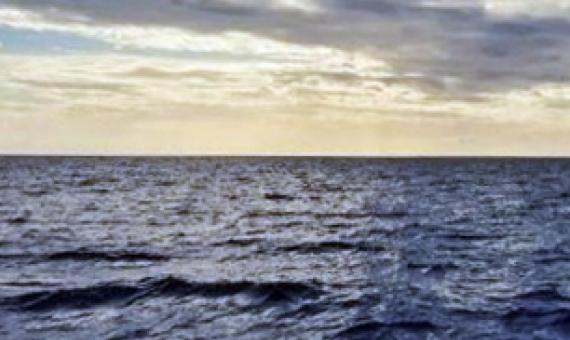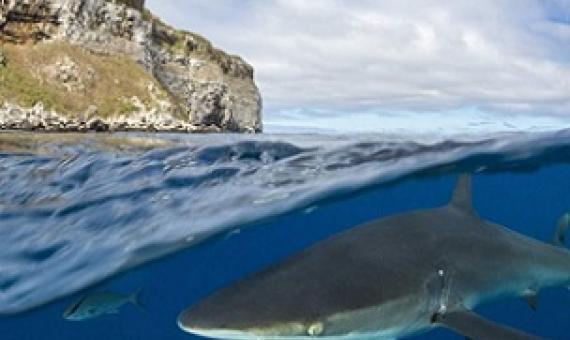Enhanced regional connectivity between western North American national parks will increase persistence of mammal species diversity
Many protected areas worldwide increasingly resemble habitat isolates embedded in human-modifed landscapes. However, establishing linkages among protected areas could signifcantly reduce speciesloss rates. Here we present a novel method having broad applicability for assessing enhanced regional connectivity on persistence of mammal diversity. We combine theoretically-derived species relaxation rates for mammal communities with empirically-derived pathways.












